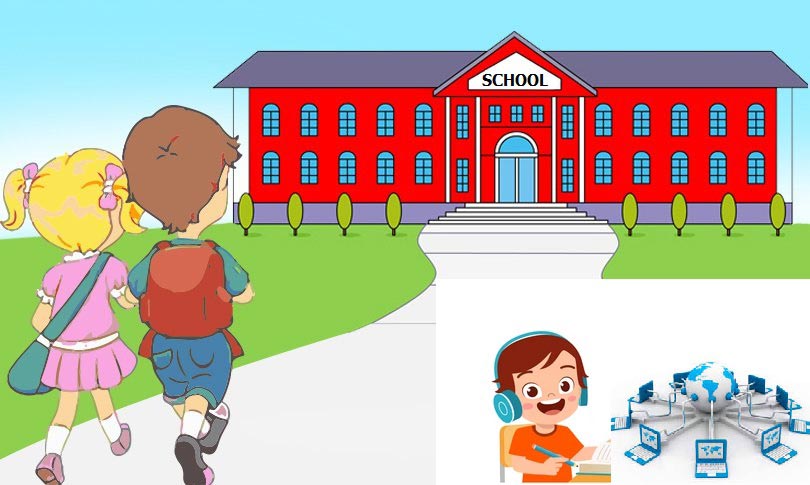
Increase in Number of Students from Institutional Schools to Public Schools in Dolakha
In recent years, there has been a noticeable rise in the number of students transferring from institutional (boarding) schools to public schools in Dolakha, Nepal. This trend has been observed in various parts of the district, including Bhimeshwar Municipality-7, Makaibari.
Better Teaching in Public Schools
According to Sabu Tamang, a parent and member of the Kutidanda Secondary School Management Committee, more students are shifting to public schools because of better teaching standards. Many parents have complained that institutional schools give their students inflated marks and confuse them by asking questions based solely on those marks, leading to a lack of practical knowledge. As a result, many students cannot answer basic questions outside of memorization.
Changing Perceptions
Parents are now realizing the drawbacks of expensive boarding schools and are seeking better education opportunities for their children. Kavitha KC and Saraswati Bhujel, locals of Dolakha, have also started teaching their children in public schools instead of institutional schools. They believe that public schools provide better education and are more affordable.
Increase in Student Population
As per records from the Education Development and Coordination Unit, 85 students from Kalinchok Secondary School, 18 from Mahendrodaya Secondary School, 20 from Pashupatikanya Secondary School, and 10 from Bhim Secondary School have transferred from institutional to public schools in Bhimeshwar municipality. Even students from boarding schools in far-off areas like Khare Secondary School of Gourishankar Rural Municipality-8 are shifting to public schools in Dolakha.
Future Projections
It is estimated that this trend will continue, and more students will enroll in public schools in the coming academic sessions. The Education Development and Coordination Unit records show that there are currently 18,581 female students and 17,384 male students in 339 community schools in the district and 4,954 female students and 6,048 male students in 37 institutional schools.
Overall, the rise in the number of students transferring from institutional to public schools in Dolakha is a positive trend. It shows that parents and students are prioritizing practical education over inflated marks. This shift can lead to better learning outcomes and improved education standards in the district.
Dolakha




